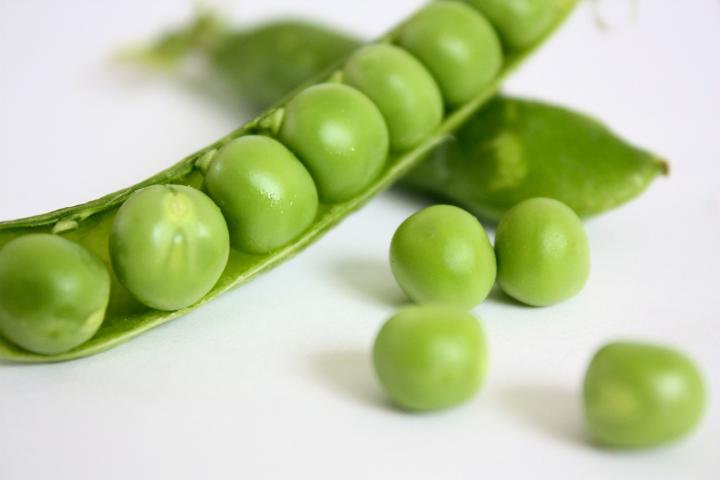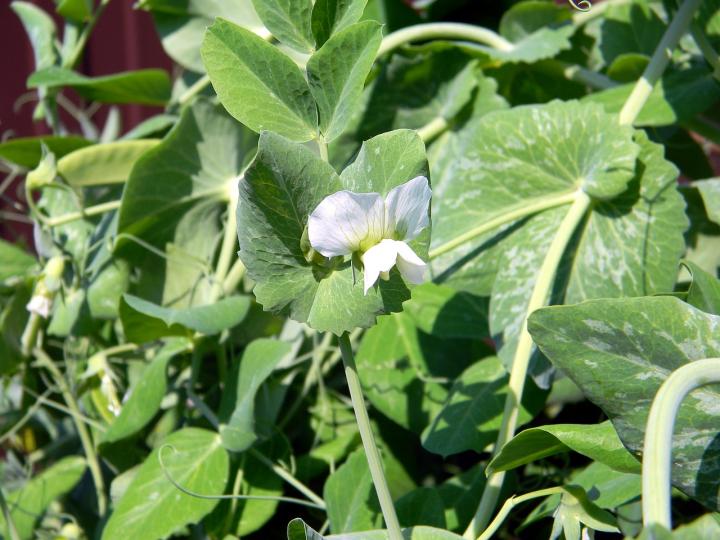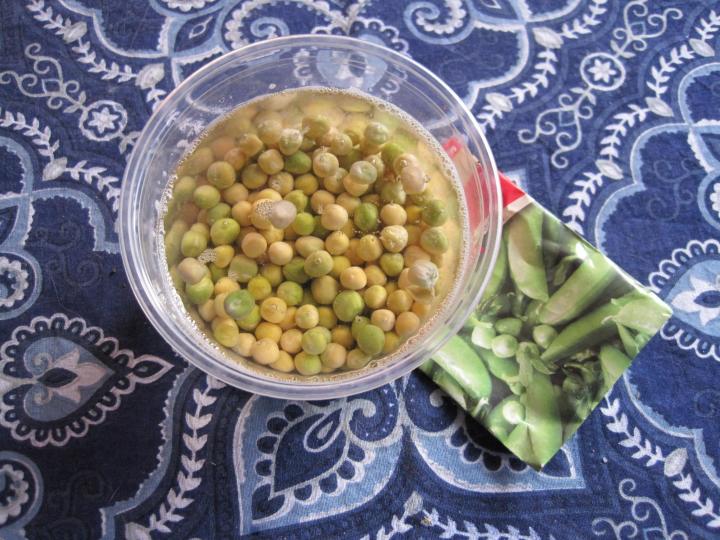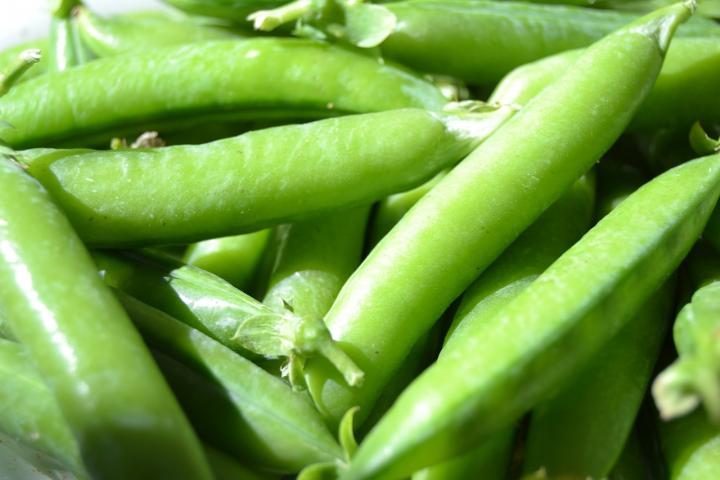






“Plant peas as soon as the ground can be worked” is a popular saying in the gardening world. Unfortunately, in my garden, that means mid- to late-March!
When to plant peas? Wherever you live, as soon as you can stick your finger into that rich, dark brown, crumbly soil, you are generally ready to plant.
The garden’s temperature is also important. Two inches down it was 52 degrees. (I love my soil thermometer!)
Peas are the first crop that I plant from seed outside and they will germinate in soil as cold as 40 degrees.
Early planting makes for tender peas and since we use raised beds I have never had them rot, even in a wet year.

I was raised with the “never plant anything before Memorial Day” rule so I always had terrible peas—parse and tough. Then I learned from my old neighbor that you could plant peas “as soon as the ground can be worked” and even if a foot of snow fell on them after planting—and it usually did—and they would be fine.
“Poor man’s fertilizer” is what my neighbor called it. Really? There is actually some truth to this bit of gardening lore. The falling snow absorbs ammonia from the air which breaks down as the sun melts the snow, releasing a small amount of nitric acid into the soil. French peasants used to believe that a spring snowfall was as beneficial as a coating of manure. Colonial farmers took it one step farther, plowing a spring snowfall under.
Like all legumes, peas can take nitrogen directly from the air with the help of nitrogen-fixing soil bacteria. Instead of fertilizing, try moistening the seeds and rolling them in a powdered legume inoculant before planting to give these helpful bacteria a helping hand.

I soak my seeds overnight to plump them up and give them head start toward germination.

Whatever variety you choose to plant, edible-podded or traditional English shelling peas, plant them to mature before really hot weather sets in if you want sweet tender peas. Once the plants are well-established, hilling up the soil at the base of the plants or using a thick layer of mulch will help to keep the roots cool and prolong the harvest.
Needless to say, a few days after I planted my peas a half inch of poor man’s fertilizer fell! Got your peas in yet?
~ By Robin SweetserGet inspired by Robin Sweetser's backyard gardening tips. Robin has been a contributor to The Old Farmer's Almanac and the All-Seasons Garden Guide for many years. She and her partner Tom have a small greenhouse business and also sell plants, cut flowers, and vegetables at their local Farmer's Market.
Copyright © www.100flowers.win Botanic Garden All Rights Reserved